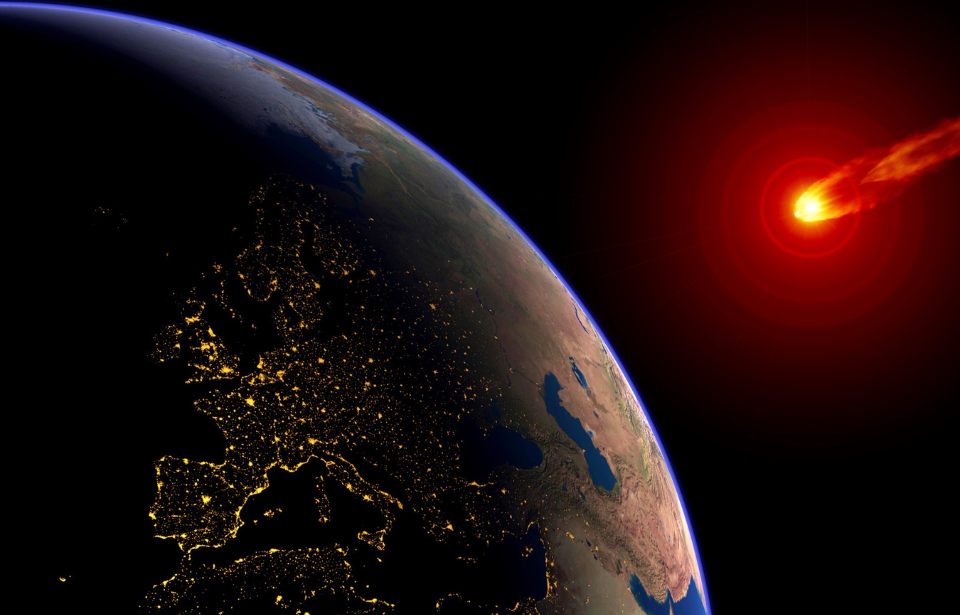Believe it or not, the Earth is constantly bombarded with objects from space. Though most of them burn up in the atmosphere, some are so large that they make their way out of the sky and collide with the planet’s surface, leaving behind a large bowl-shaped formation known as a crater. So far science has discovered 170 craters on our planet, but these eight stunning formations are proof that something beautiful can be made out of a disaster.
1. Pingualuit Crater
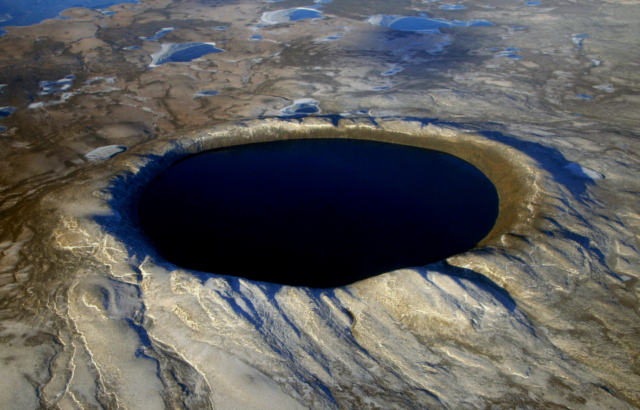
The Pingualuit Crater dates back 1.4 million years, but it was only discovered 70 years ago! US Air Force pilots spotted the massive crater while flying over Nunavut, a remote Canadian province near the North Pole, in 1943. It took until 1950 for scientists to reach the area, but Pingualuit – which means “pimple” in Inuktitut – helped researches to discover 20 additional impact sites in the area and provided vital information about climate change during the last Ice Age.
The crater is 2.14 miles in diameter and 876 feet deep. Pingualuit contains “uncontaminated sediments” that include “diatoms,” algae-like organisms that act as records of climate change over time. The sedimentary layers containing diatoms found in the crater date back before the Holocene Epoch roughly 10,000 years ago, and have revealed to scientists that the area enjoyed warmer conditions during the end of the Pleistocene Ice Age.
2. Wolfe Creek Crater
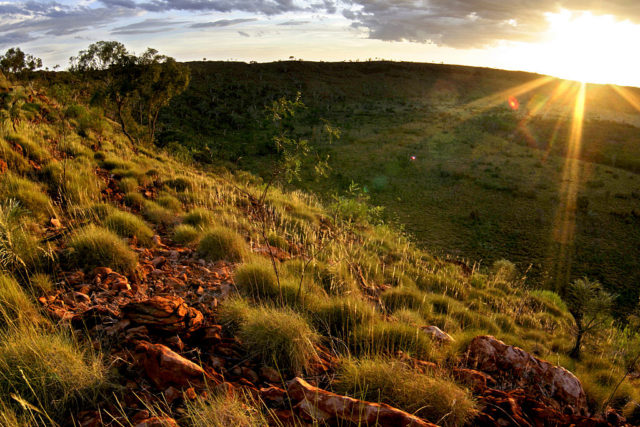
Wolfe Creek Crater is the second-largest meteorite crater in the world. Located in Australia’s Great Sandy Desert region, Wolfe Creek was formed when a massive meteorite smashed into the Earth’s surface 300,000 years ago at a speed of 15km a second. Local Aboriginal people knew of the crater for many years, but Europeans first spotted it in 1947. The crater spans a width of 2,871 feet and a depth of 200 feet.
According to the Djaru Aboriginal people, the crater (also called Kandimalal) was formed when a rainbow snake circled the area. Another story claims that one day the evening star and a crescent moon passed so close to one another that the star fell to the ground, frightening the people. When they finally approached the landing site, they discovered that the evening star had fallen to the Earth. This makes the crater a significant spiritual place for the Djaru.
3. Barringer Crater
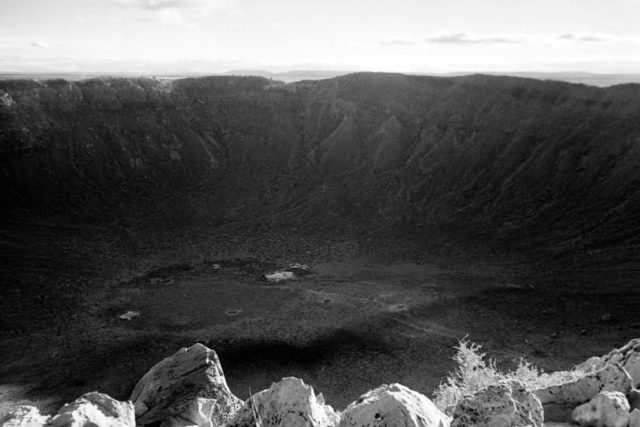
Roughly 49,000 years ago a massive 300,000-ton iron asteroid crashed into the Colorado Plateau in northern Arizona, exploding with a force equivalent to 2.5 million tons of TNT – a blast 150 times the force of the atomic bomb that hit Hiroshima, Japan in 1945. All that remained is a large, mile-wide crater known as the Barringer Crater. The force of the explosion flattened any vegetation in the area, but eventually, the landscape recovered and a lake formed at the bottom of the crater.
Once the final Ice Age ended, the lake dried up – helping to preserve the crater’s incredible history in the Arizona desert for centuries to come.
4. Nördlinger Ries
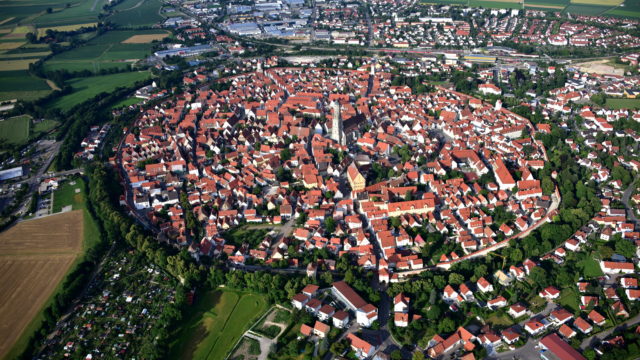
While many craters on Earth have been left to nature, humans have transformed the Nördlinger Ries crater into a thriving Bavarian city that dates back to 898 CE. The crater was formed 15 million years ago and has a diameter of 15 miles, though the depth is relatively shallow at approximately 400 feet. Interestingly, the Nördlinger crater is the only rampart crater on Earth, a type of formation mostly found on Mars. Scientists believe that the meteorite contributed to the formation of Moldavite, a rare stone only found in southern Germany.
The city of Nördlingen resides mostly within the crater, which was a prime site to build the medieval village as the crater acted as a natural fortress. The town was involved in two battles during the Thirty Years’ War and is one of the only German towns with completely intact city walls.
5. Tenoumer Crater
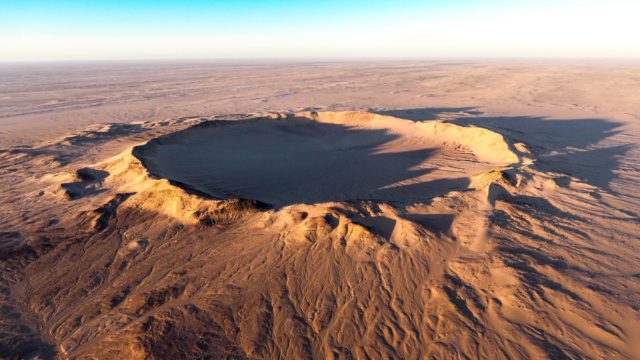
Located deep within the Sahara Desert, the Tenoumer Crater in Mauritania left a near-perfect circle in the sandy landscape. The crater lies in an area with rock formations so ancient, they predate dinosaurs by millions of years – though the crater itself is only between 10,000 and 30,000 years old. The opening of the crater is 1.2 miles wide and 300 feet high. Not far from two other craters, Temimichat-Ghallaman and Aouelloul, scientists believe that all three craters could have been created as part of a multi-collision event since the three formations appear in a straight line.
However, a 2003 study confirmed that the other two craters were formed at different times – leaving scientists with little information about how Tenoumer came to be.
6. Lonar Crater
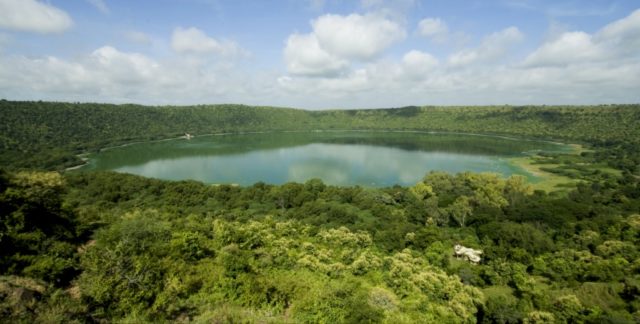
India’s Lonar Crater has baffled scientists for years due to its peculiar location within a large area made from ancient volcanoes. The volcanic activity led early researchers to believe that the crater was formed from the volcanoes, but today’s experts are convinced it is actually the result of a crater impact. The crater is roughly 6,000 feet wide and 500 feet deep and is typically filled with water to create a crater lake.
The rock around the area contains Maskelynite, a naturally occurring glass that is only formed during extremely high-velocity impacts.
7. Tswaing Crater
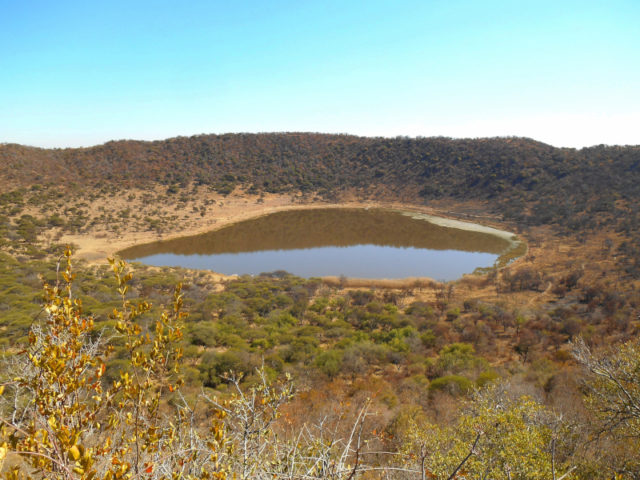
220,000 years ago, a relatively small meteorite (half the size of a football field) landed in South Africa, creating the Tswaing Crater. The crater is one of the best-preserved impact sites in the world, named after the Setswana word for “salt” for the saline lake that lies within the crater.
Between 1912 and 1950, soda ash and salt were produced in the crater by a manufacturing company but now the crater is preserved as a nature site thanks to its thriving wetlands which are home to an array of plants and animals, including 240 species of birds.
8. Gosses Bluff
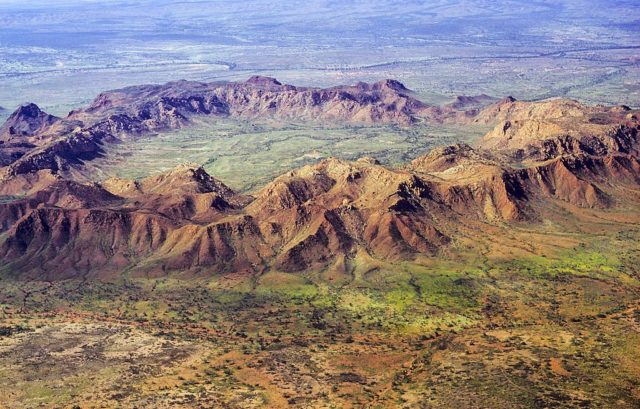
Because the continent of Australia is one of the oldest still in existence, it is one of the best spots in the world for meteorite craters. The dry climate has also helped to preserve the history of the craters like Gosses Bluff, located in Alice Springs, Australia. Scientists believe the asteroid or comet that created the crater was about half a mile long when it collided with Earth’s surface 142 million years ago. The crater is called Tnorala by local Aboriginal people, who believe that it was formed at the same moment time.
More from us: Why is Scotland’s Historic Hill House Covered in Chainmail?
The legend says a group of women danced across the sky in the Milky Way when, as a mother put her baby aside, the wooden carrier it was in tumbled out of the sky and landed on Earth. The carrier was transformed into the tall rock walls surrounding the crater.
